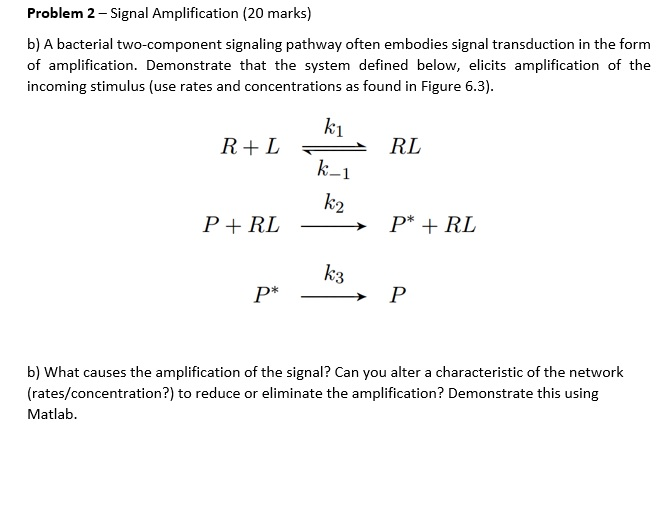
Peroxidase AffiniPure Goat Anti-Human IgG, Fcγ fragment specificĪlexa Fluor® 647 anti-human IgG Fc AntibodyĪlexa Fluor® 647 AffiniPure Goat Anti-Human Serum IgA, α chain specificĪlexa Fluor® 647 AffiniPure Goat Anti-Human IgM, Fc5μ fragment specificĪlexa Fluor® 647 AffiniPure Goat Anti-Human IgA + IgG + IgM (H+L) Peroxidase AffiniPure Goat Anti-Human IgM, Fc 5μ fragment specific Peroxidase AffiniPure Goat Anti-Human Serum IgA, α chain specific Peroxidase AffiniPure Goat Anti-Human IgG (H+L) Peroxidase AffiniPure Goat Anti-Human IgA + IgG + IgM (H+L) SARS-CoV-2 Nucleocapsid protein monoclonal antibody, clone 1C7ĪffiniPure Goat Anti-Human IgM, Fc 5μ fragment specificĪffiniPure Goat Anti-Human IgG, Fcγ fragment specific
THE SIGNAL STATE IGG FULL
To further assess the consistency of our data, we compared the ID 50 obtained with pseudoviral particles and the one obtained with full SARS-CoV-2 virions, and we observed a significant correlation between the two datasets ( Figure S1). These data not only confirm the role of IgG in the neutralizing activity of convalescent plasma but also highlight the important contribution of IgM with respect to neutralization activity. Despite the few samples tested with the live virus, the effect of IgM and IgG depletion on neutralization was similar to that observed with the same samples in the pseudoviral particle neutralization assay ( Figures 2G and 2H). The neutralizing potency of plasma was greatly reduced after IgM and IgG (4.0- and 2.8-fold, respectively) but not after IgA (no decrease) depletion ( Figure 2F). To evaluate whether the effect of isotype depletion on neutralization could be extended beyond pseudoviral particles, we tested plasma from 10 donors in microneutralization experiments using fully infectious SARS-CoV-2 viral particles, as described in the STAR methods. However, the loss of neutralization activity was much more pronounced in IgM- and IgG-depleted plasma with a 5.5- and 4.5-fold decrease in half maximal inhibitory dilution (ID 50) compared to non-depleted plasma, respectively, than in IgA-depleted plasma, in which only a 2.4-fold decrease was observed ( Figure 2E). Depletion of IgM, IgA, or IgG each resulted in a significant decrease of neutralization compared with non-depleted plasma ( Figures 2A–2D). The effect of IgG depletion on the level of total antibodies against the full S glycoprotein expressed on 293T cells (measured by flow cytometry) was also noticeable ( Figure 1H), whereas isotype-specific detection of full S antibodies by flow cytometry confirmed the efficacy of selective depletion ( Figures 1I–1K).

Depletion of IgG had a much greater effect on the total level of SARS-CoV-2 receptor-binding domain (RBD) antibodies than IgM and IgA depletion ( Figure 1D), although RBD-specific antibodies of each isotype were selectively removed by the depletion as shown by their respective signals close to the background level established with plasma samples collected before the outbreak of SARS-CoV-2 ( Figures 1E–1G, red dashed line). The depletion protocols permitted efficient depletion of each isotype while leaving the other isotypes nearly untouched, as measured by ELISA ( Figures 1A–1C). Selective depletion of IgM, IgA, or IgG was achieved by adsorption on isotype-specific ligands immobilized on Sepharose or agarose beads, starting with a 5-fold dilution of plasma (see details in STAR methods). Each donor was sampled once between 25 and 69 days after the onset of symptoms, with an average time of 45 days. Demographic information on the 25 convalescent donors (21 males, 4 females) is presented in Table 1.


 0 kommentar(er)
0 kommentar(er)
